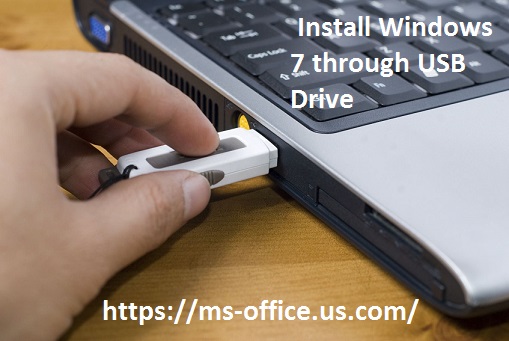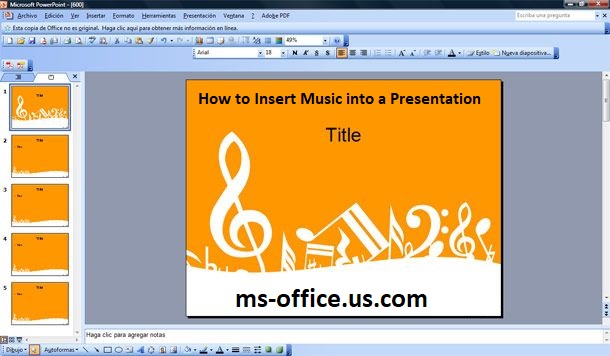How to Install Windows 7 through USB Drive?
There are a variety of ways to install the most popular operating system Windows 7, on your computer. Windows 7 is very well recognized for its user-friendly interface and a variety of apps that are entertaining and make working easy. Direct installation made with the aid of an installation disk is the most convenient method to install. If you would like to start or boot your system even while the installation is running, it's not possible through this kind of installation. You must use a discs as well as USB flash drive to meet your requirements. www.office.com/setup

Installation
To install OS via USB drive, what you need is an ISO format file. ISO can be described as an image or a disk onto which a specific software is installed and is an alternative for the disks by themselves. Additionally, you must utilize a specific software for conversion called Windows 7 USB Download Tool', which converts your drive to the format for installation. You must make use of this software since you cannot make use of an ISO files directly for installation purposes. Before the process can begin, you need to verify the configuration of your system to determine whether your system is compatible with Windows 7 or not.
The installation process is simple steps. Once you have established connection between your computer as well as your USB drives, you need to reboot the system. If you see a prompt, press the key to proceed through the instructions queue. Once the installation is complete, you will see a page with the 'Install Windows tab. Click the tab to start the process. If you are looking to repair the operating system you have installed, select the tab "Repair your Computer' . It will direct you to the choices for recovering your system. Follow the instructions according to your specifications.
Configuring Settings
If you don't see any windows for installation in your display, you may be required to alter BIOS settings. The BIOS settings specify which driver is required to be used as your startup device. If you're running a modern systems, it shouldn't cause problems when you boot via USB flash drives, however the issue is more prevalent with older systems. If you're not sure regarding how to manage BIOS settings, then seek the help of your local computer technician for help as any incorrect settings could cause problems with the computer's startup. You may also visit the manufacturer's website for help. There is no set way to make changes since the settings vary from manufacturer to manufacturer. To access the setup screen, you must to immediately press the desired key such as F12 or. If you do not press the key until the Windows logo appears , you must reboot the system again and try again. office.com/myaccount
After you've accessed the BIOS settings screen, you must select the option 'Boot Order' which is likely to be in the Advanced settings menu. The Up-down motions in the list let us select the needed option, which is the USB drive or DVD driver in this instance. You must ensure that the changes are recorded for them to take effect and then quit. Once you restart the system, you are able to begin the installation process in the manner described above, following the instructions. Installation using a USB drive lets us manage disks while the it is in progress and, consequently, is more efficient.


